Statue To 30 Kmph in 5 Seconds - Bengal Monitor Lizard
The Bengal Monitor Lizard
LIZARDS
Aniruddha Bhattacharya
6/24/20253 min read
Pics : 1- 5 & 7 - 11 = Bengal Monitor Lizard ; Manas National Park | Pics : 6 = Bengal Monitor Lizard ; Kaziranga National Park | Pic 12 = Nile Monitor Lizard ; Masai Mara National Reserve
And now, weighing in at a maximum of 10 Kgs and with a possible length of 6 Feet ; the second largest Lizard found in India. The Bengal Monitor aka, The Indian Monitor Lizard.
Your first pictures of these guys will probably bomb. They will bomb cause their bodies are not proportional and like me, you will probably try to fit the whole guy in the image. Now if he’s trying to get across the road or is on the forest floor, you’ll already have him at a steep angle. He’s long, not tall and the chances of a good shot diminish right there. Now, I’ve been hoping to catch one of these guys up on his or her hind legs with no luck for a while. That’s not necessarily bad though cause they apparently do that just when they’re about ready to strike and striking isn’t their first reaction. Their first reaction is to scamper off and they’re pretty damn fast. If you catch one at the side of the road, well, you will still have the angle issue with probably some or most of him hidden by foliage. Worse odds right there unless the foliage is helpful like in Pic : 1. However, what worked for me in Pic : 1 is that my guy was on the tree and having him at eye level totally sorts out the angle issue. The other advantage of seeing them in the tree is that they’re not inclined to run off as much there. These guys will stay in the same position a long time just like their smaller cousin over here near my ac at home. Dude hangs out there all day at times. So, just like the smaller lizards, these guys show bursts of fast movements and can get upto 30 km/hr followed by downright frozen inactivity which can be good or bad given what perspective you’re getting of the guy. If he’s chillin though, I can’t manage scoring more than one or two perspectives from one guy. The thing with finding them in trees though is that it’s the smaller ones that climb more. The bigger ones prefer being close to the ground so the best bet with a big guy would be to get on the floor for a picture and we’re usually not allowed off safari vehicles.
They say that these guys are one of the most intelligent reptiles around. They are known to stalk and climb to capture roosting bats. Not being very picky about what they eat, they’ll pretty much have a go at anything whether it’s a vertebrate or invertebrate. So anything from a bug to crabs and all the way up to fish, hares and rats are fair game for these guys. They’ve even been seen getting together to polish off deer carcass among themselves. They’re called Bis-Cobra in Western India and GoShap around where I am which is the East and there’s plenty of lore that says that they’re poisonous or stories of how they can kill with their breath alone. Well, there’s venom there alright but it’s most probably in the saliva and not the kind that’s deadly to Humans. Things have been known to get nasty at times with a bite from one of them but nothing that’s comparable to a Cobra’s bite by a long shot.
Bengal Monitor Lizards have been around for at least 50 million years. That’s a bit and a close look at one like in Pic : 2 might make us think there’s similarities with what we imagine the Velociraptor would look like had they survived. That said, they have less in common with the Dinosaurs than Birds and Crocodiles actually. These guys have more in common with Snakes and Lizards in reality. Now these guys are capable of accelerating to 30 km / hr and that’s pretty much cause their lungs are different from other Lizards and Crocs. They have spongy lung tissue that allows for efficient gas exchange, letting them have faster metabolic rate and higher activity levels to other reptiles. Their lungs are also equipped with a one way air flow system like birds which further enhances oxygen absorption. These guys have another evolutionary trick that sets them apart well and that’s that they inflate their body by filling their lungs with air enabling them to stay underwater for longer and a trait that some claim has been used by many a famous warrior in India to use the Monitor to climb up a fort wall and then allow a man to follow. I’m not gonna name names of the victories in famous Indian battles that have been attributed to the use of the Bengal Monitor to scale forts but that said, I think it’s a pretty cool story if anything.
Monitor Lizards are a whole different game. I’ve seen two kinds so far, these guys and the Nile Monitor ( Pic : 12 ) and those guys are a world apart from these. Females of the Nile Monitors are capable of having children without any involvement of the males apparently. Go figure ! I seriously should have gotten more pictures of those but I wasn’t that lucky with em to be honest. Oh so much and so much more to see and learn. Isn’t this world just so amazing?
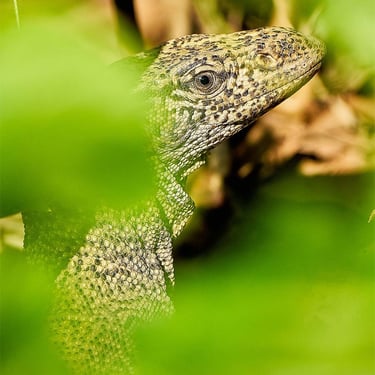
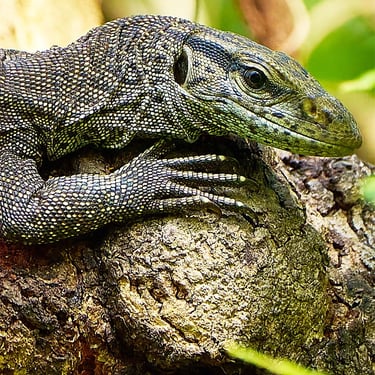
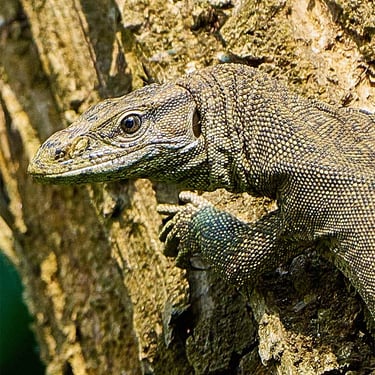
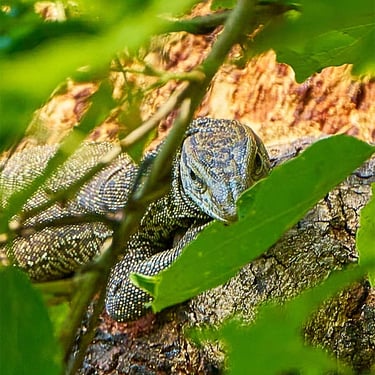
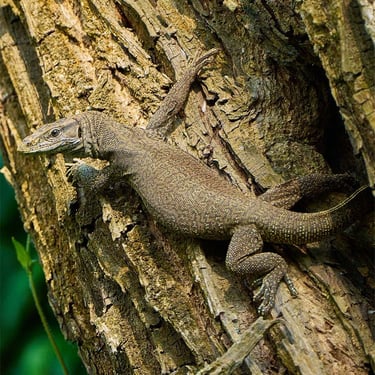
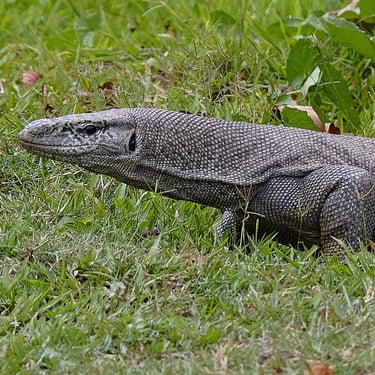
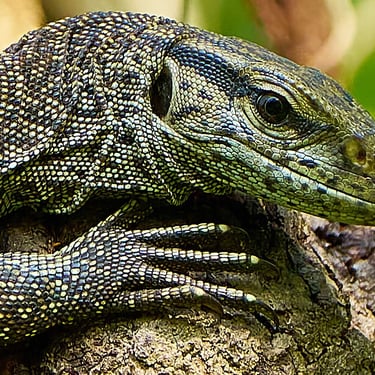
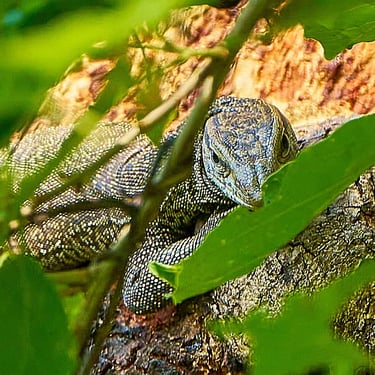
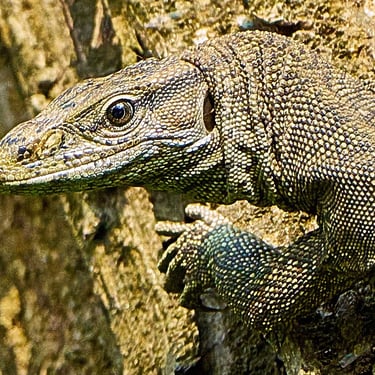
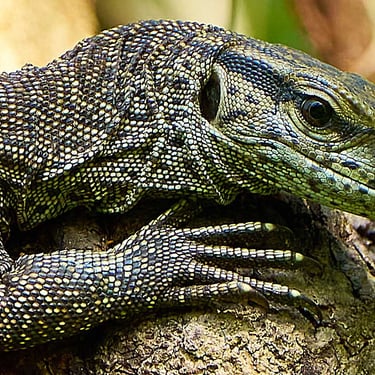
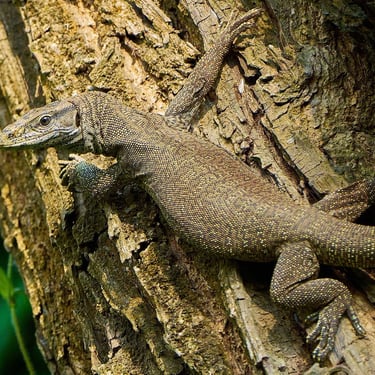
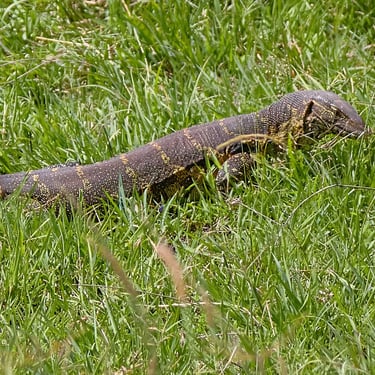
© 2025. All rights reserved.
